This Regulation Governs The Dod Privacy Program
This Regulation Governs The Dod Privacy Program
1. Acquisition Regulations: A Necessary Evil
/arc-anglerfish-arc2-prod-mco.s3.amazonaws.com/public/5KNSMZWFS5GFHMXAVANWYPBUX4.jpg)
Acquisition regulations play a crucial role in ensuring that the Department of Defense (DoD) follows a standardized procedure for obtaining goods and services. However, these regulations often come with their fair share of frustrations and complexities, making them a topic that many professionals in the defense industry love to hate.
2. Understanding Army Profile Regulation 40 501
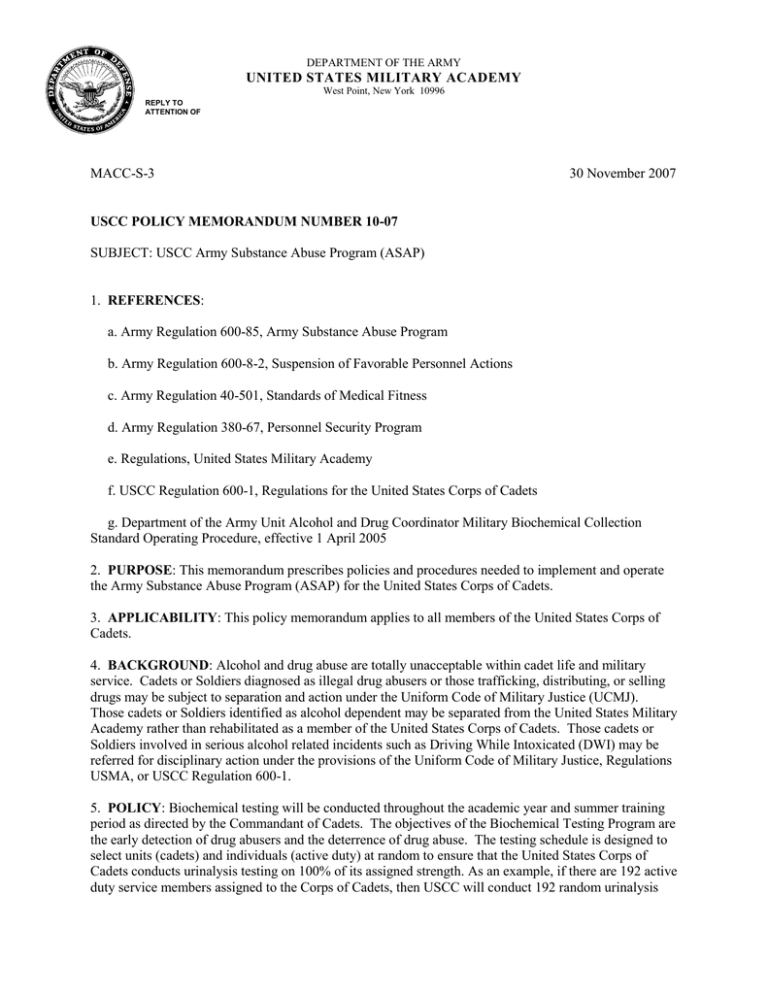
The Army Profile Regulation 40 501 is an important document that outlines the guidelines and requirements for military profiles within the Army. It specifies the information that needs to be included in a profile, as well as the rules and regulations that govern their creation, management, and use. Understanding this regulation is essential for all Army personnel involved in creating and maintaining military profiles.
3. Overcoming the Challenges of Compliance
Compliance with acquisition regulations and profile regulations can be a daunting task for individuals within the defense industry. The intricate procedures, extensive documentation, and ever-changing requirements can make it challenging to navigate through these regulations smoothly. However, with the right mindset and strategies in place, professionals can overcome these challenges and ensure compliance with the rules that govern their work.
FAQs
Q1: Why are acquisition regulations necessary?
Acquisition regulations are necessary to promote transparency, fairness, and accountability in the procurement process. They ensure that the DoD obtains goods and services in a standardized and efficient manner, preventing waste, fraud, and abuse.
Q2: How can I stay up-to-date with changes in acquisition regulations?
Staying up-to-date with changes in acquisition regulations can be a daunting task, but it is essential to remain compliant. One way to stay informed is to regularly check the official websites and publications related to defense procurement. Additionally, attending industry conferences and workshops can provide valuable insights and updates on regulatory changes.
Q3: What are the consequences of non-compliance with profile regulations?
Non-compliance with profile regulations can have severe consequences for individuals and organizations within the Army. It can lead to disciplinary actions, legal issues, reputational damage, and negative impacts on career progression. It is crucial for Army personnel to understand and adhere to these regulations to avoid unwanted consequences.
By understanding and navigating through the complexities of acquisition regulations and profile regulations, professionals within the defense industry can ensure compliance, streamline their processes, and contribute to the overall efficiency and effectiveness of the DoD's operations.
Disclaimer: The information provided in this post is based on publicly available data and should not be considered as official advice or guidelines. It is recommended to refer to the specific regulations and seek professional assistance for the most accurate and up-to-date information.
126 Printable Dd Form 214 Military Templates - Fillable Samples In PDF
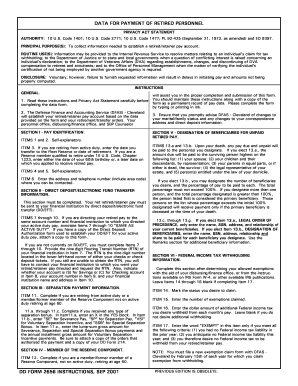 Image Source : www.pdffiller.com
Image Source : www.pdffiller.com DoD Online Privacy And Operational Security Smart Cards: Twitter
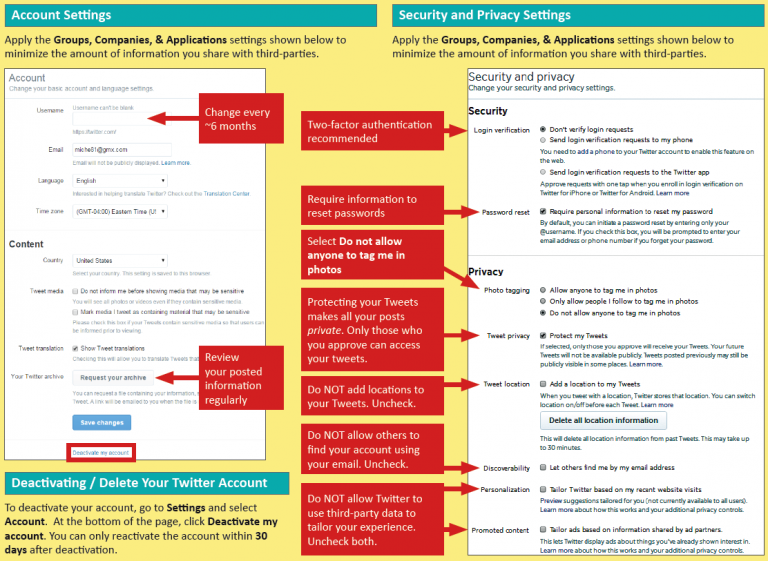 Image Source : publicintelligence.net
Image Source : publicintelligence.net dod operational
Sexual Assault Prevention And Response Program (US Department Of
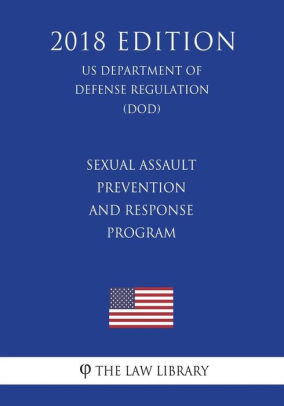 Image Source : www.barnesandnoble.com
Image Source : www.barnesandnoble.com assault sexual prevention response program
PPT - TMA Privacy Act Refresher Training PowerPoint Presentation, Free
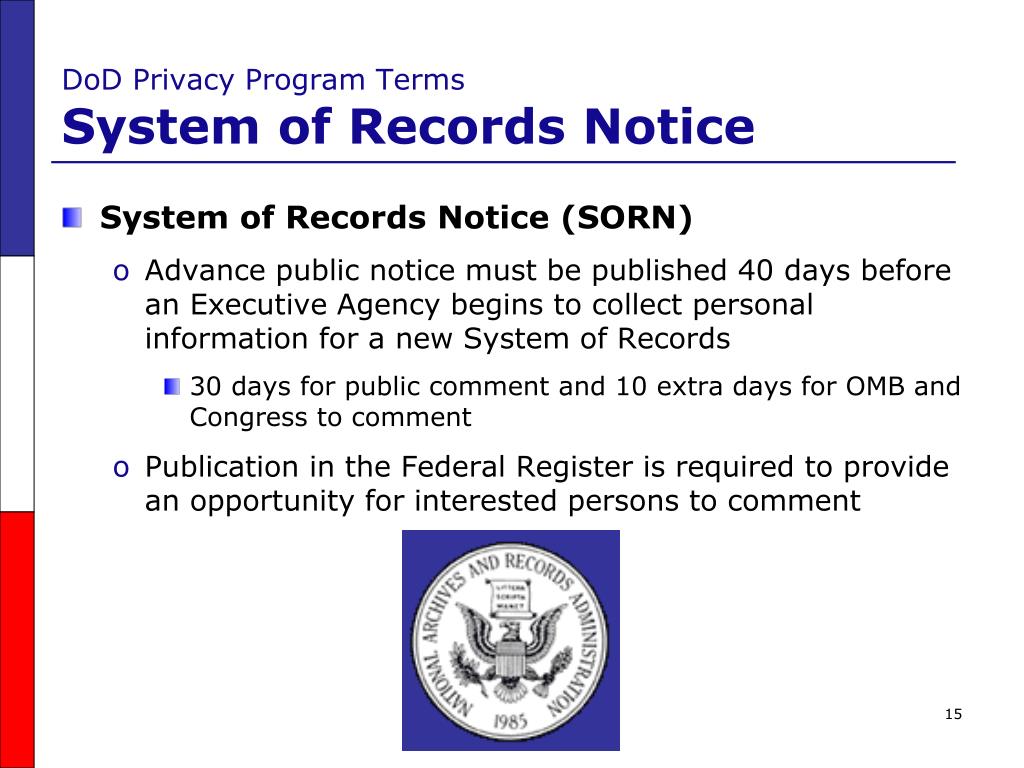 Image Source : www.slideserve.com
Image Source : www.slideserve.com privacy tma refresher act training dod program notice records ppt powerpoint presentation
Department Of Defense Privacy Program (Dod 5400.11-R) By Department Of
 Image Source : www.ebay.com
Image Source : www.ebay.com dod
Army Profile Regulation 40 501 - Army Military
 Image Source : armymilitary.net
Image Source : armymilitary.net DoD Health Information Privacy Regulation (DoD 6025.18-R): Amazon.co.uk
privacy health information regulation dod amazon
‘That’s The Worst!’: Acquisition Regulations We Love To Hate
/arc-anglerfish-arc2-prod-mco.s3.amazonaws.com/public/5KNSMZWFS5GFHMXAVANWYPBUX4.jpg) Image Source : www.federaltimes.com
Image Source : www.federaltimes.com regulations acquisition hate worst
‘that’s the worst!’: acquisition regulations we love to hate. Dod online privacy and operational security smart cards: twitter. Dod operational. Department of defense privacy program (dod 5400.11-r) by department of. Privacy tma refresher act training dod program notice records ppt powerpoint presentation